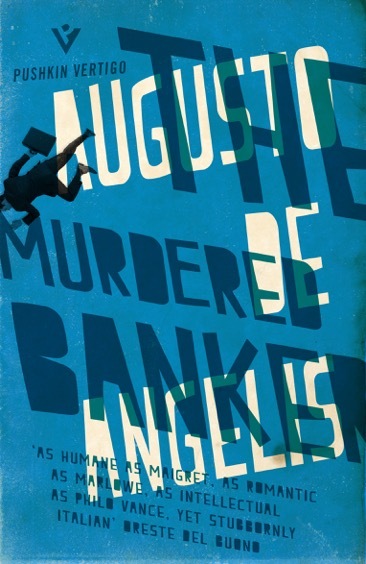What do you think?
Rate this book


192 pages, Paperback
First published January 1, 1935
Time was of the essence. This wasn’t the usual sort of investigation, to be conducted with bureaucratic plodding.Of course, the crime is solved, and perhaps before the reveal I did know who did it. I didn't care. I liked this policeman.
Wasn‚Äôt he groping around again without having uncovered anything essential or concrete? Running here and there after ephemeral lights appearing in the shadows like the mythical, wind-blown will o‚Ä� the wisp?
But he understood things well enough to listen from a distance, his soul in his eyes.
‚ÄúTell me, commendatore, what's in there? What's happened?‚Ä�
‚ÄúThere's a dead body. What's happened is that a man's been killed.‚Ä�
A tremor convulsed the little man. He clutched at Maccari's arm, his terror rendering him pitiful.
‚ÄúOh my God! This house is cursed! Do they know that this house is cursed?‚Ä�
‚ÄúThe atmosphere in this room has reached white heat ‚Ä� a bad temperature for keeping one's brain working and a clear head. I myself fear that the very rhythm of your pulses is influencing my judgement. You'll understand, therefore, if I ask you to leave me alone with my thoughts. I must organise them and master them. All right?‚Ä�